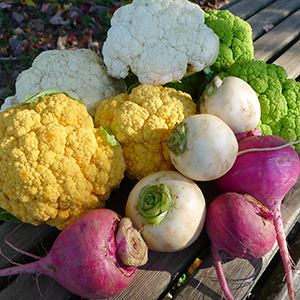
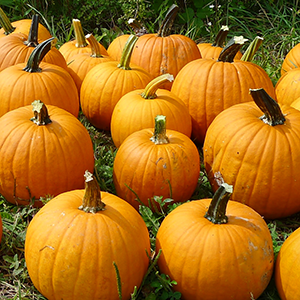
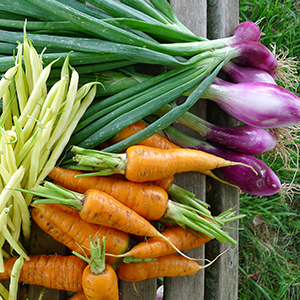

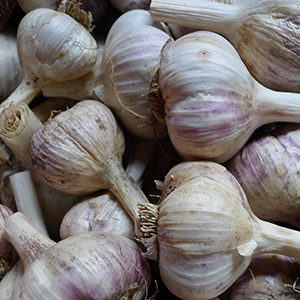
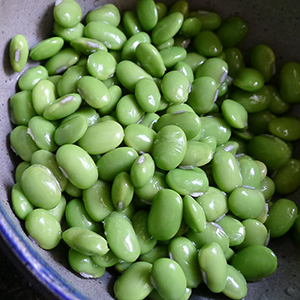
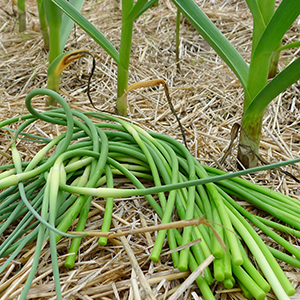



News and Notes | The Anchor Run Blog
Displaying a Single Post |
Show Recent Posts
September 11, 2022
Rainfall Sandwich
by Farmer Derek
Rainfall Sandwich
by Farmer Derek

Spreading compost and establishing cover crops before Sunday's round of rain.
It's been a long while since we had two perfect light and steady rain events bookending a week. Timing for today's and tomorrow's precipitation isn't exactly ideal (rather it occur on a Friday evening at the end of a workweek) but sincere beggars can't be choosers. The ground is so thirsty that it would take a lot of water to delay work and keep us out of the fields for an extended period of time. We transplant the final round of outdoor crops this week after 5.5 months of doing so weekly and we'll do whatever we can to stay on schedule. I am grateful for the return of weekly rain events; it relieves some serious farming anxiety and warms the heart.
For another month or so we'll be striving to put fields to sleep for the offseason. Two weeks ago we finished cleaning up the zucchini, cucumber, cantaloupe, and watermelon field. Last week the winter squash plot as well as the bean and edamame field were mowed, composted, chisel plowed, and sown with cover crop seeds. Next up is the field that has been home to the other u-pick crops of tomatoes, husk cherries, tomatillos, and flowers. Following closely behind them will be peppers, eggplant, and okra. The sweet potato and leek patches will probably be the final areas sown in cover crops for the season. Most of the fall crops we'll be harvesting and enjoying in October, November, and December will leave enough crop residue behind or have enough 'volunteer' chickweed to keep the soil covered for the winter months. Also, at some point in the fall the benefits of working the soil and trying to establish a cover are outweighed by the risk of minimal plant growth and coverage to keep the soil protected.
This coming week we also pivot to preparing tunnel space for fall greens like lettuce mix, arugula, kale, bok choy, chard, spinach, and mustard. These areas are mostly manually prepped with forks, hoes, and rakes. Timeliness is everything at this stage of the growing season. Adjusting seeding and transplanting dates forward or backward a week or two can shift the harvest date drastically. Shorter, cooler days lengthen the time for crops to reach maturity. Lettuces can take twice as long to mature in the fall as they do in the summer. In the winter, it can triple. Planting early, mid, and late fall crops too soon though and they can grow fast and be more susceptible to frosts and freezes. Making notes and keeping good, accessible records helps navigate this time of year. It's a fun ongoing experiment.

Off farm river bath.

POSTS BY TYPE
POSTS BY MONTH

